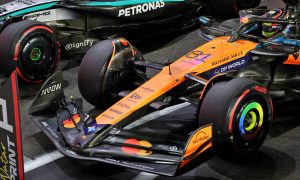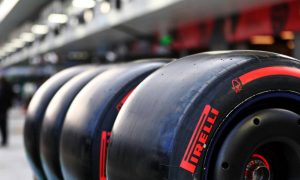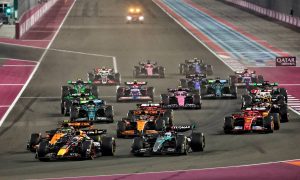
F1 teams will have an opportunity to test on Friday in Barcelona the new Pirelli tyre that will be used from this summer's British Grand Prix.
An increase of the performance levels of F1's 2023 ground-effect cars has compelled Pirelli to develop a more robust tyre structure that can cope with the rise in aero loads.
After consulting with the FIA, Pirelli determined that in preparation for the demanding circuits that lie ahead on the F1 calendar, including Silverstone, Spa, and Zandvoort, it was prudent to take proactive measures to prevent any potential tyre issues.
In Barcelona, each driver will receive two extra sets of the hard C1 tyre featuring the new construction that will be used from Silverstone onwards. Drivers will be able to sample the tyre at any point in FP1 or FP2.
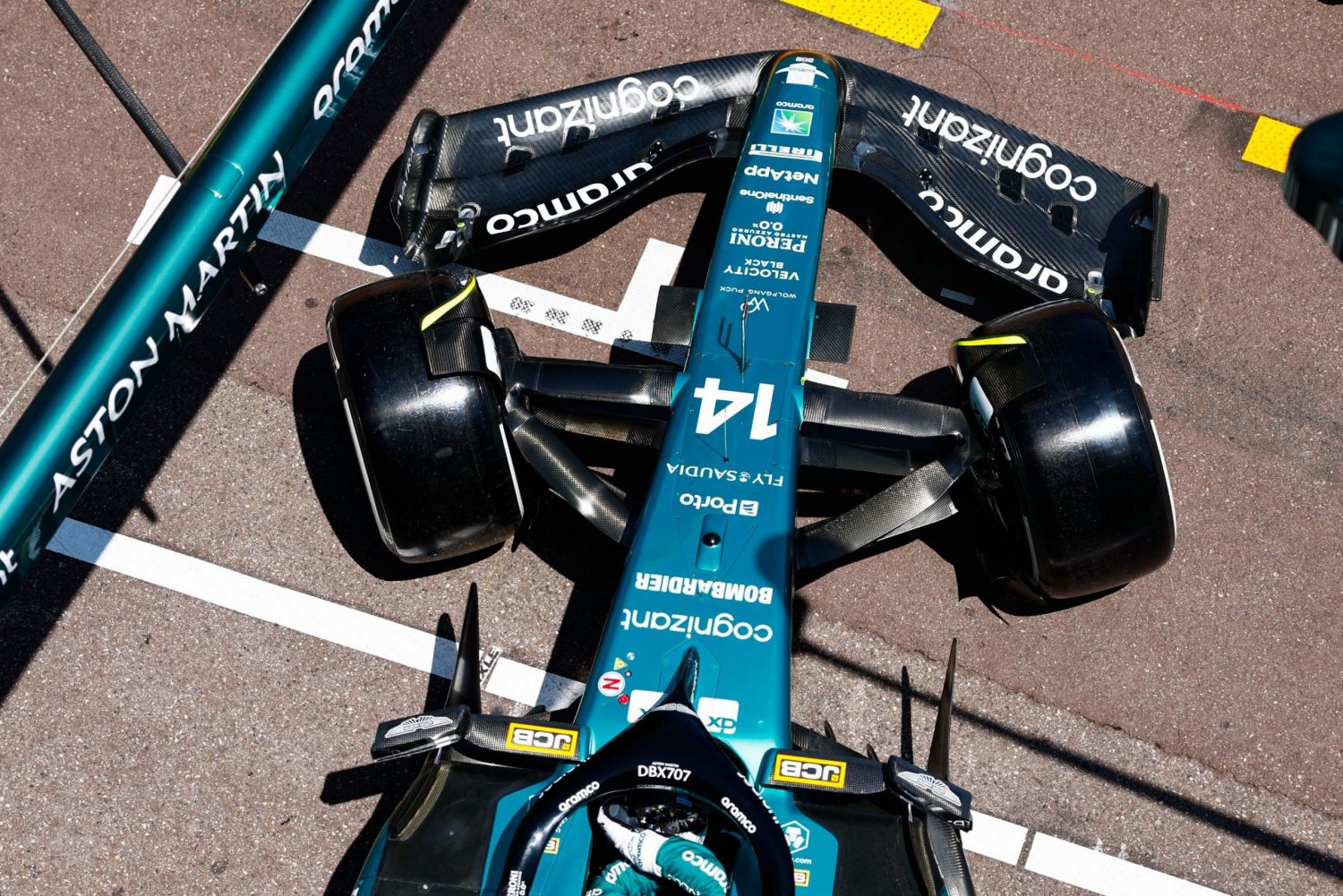
"Apart from the use of some new material, which has already been homologated following an extensive test programme, the latest specification is identical to the previous version," commented Pirelli F1 boss Mario Isola.
"Initially this was scheduled for 2024, but its introduction has now been brought forward to make the structure more resistant to fatigue, as the loads generated by the current cars have already reached the targets set for the end of the season after only a few races.
"This new construction has no impact though on the technical parameters or performance of the tyres."
Teams will have the C1, C2 and C3 compounds at their disposal at the Circuit de Catalunya which has undergone a change, its layout now stripped of the chicane complex that preceded the fast righ-hand sweep that leads on to the track's main straight.
"Traditionally, Barcelona has been one of the most popular venues for testing: both for cars and tyres," commented Isola.
"It’s a complete track, featuring several different types of speeds and corners, and it also has a very long straight. As a result, aerodynamic efficiency is key to being competitive.
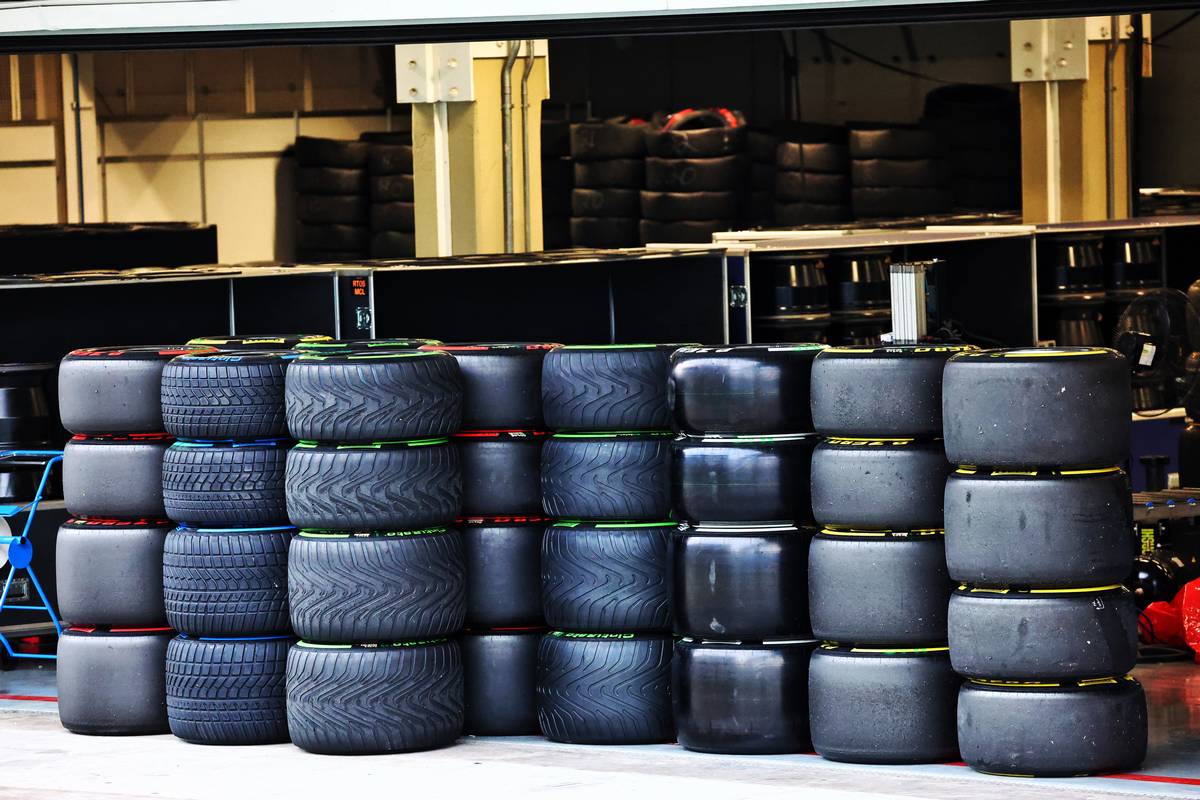
"The final sector has been modified for this year, reverting to the original layout without a final chicane. This makes it a much more flowing track now and also adds to the entry speed onto the main straight.
"There are two corners, Turn 3 and Turn 9, which are particularly demanding in terms of lateral forces exerted on the tyres.
"We’ve chosen the same three types of tyre as the season-opener in Bahrain, but it’s important to remember, when comparing to last year, that this year’s C1 is an entirely new compound, specifically designed to bridge the gap between the hardest tyre in the range (now called the C0) and the C2.
"In theory, this should hand the teams a wider range of strategic choices, given that the hardest available compound last year wasn’t used at all in the race."
Keep up to date with all the F1 news via Facebook and Twitter




